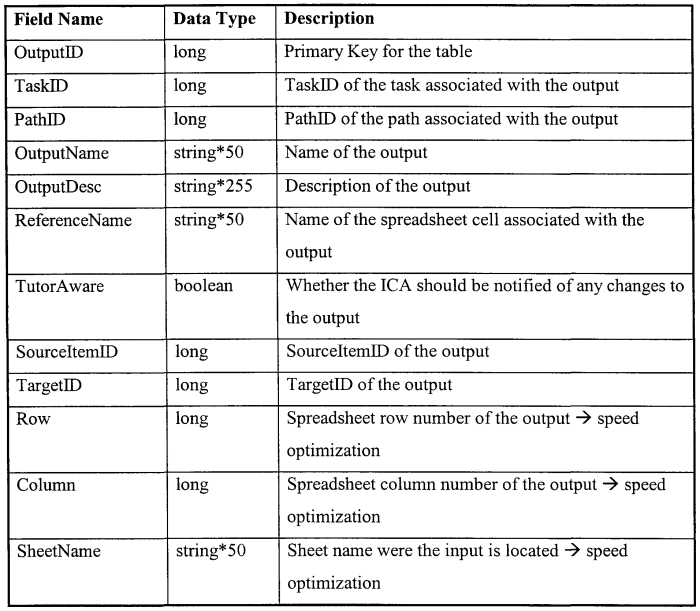Practice cell analogy answer key donuts: Dive into a fascinating educational journey where the familiar treat of donuts becomes an unexpected key to unlocking the complexities of cell biology. This unique analogy not only simplifies intricate concepts but also fosters a deeper understanding of the fundamental building blocks of life.
Prepare to embark on an exploration of how this innovative analogy illuminates cell structure, function, and processes, transforming learning into an engaging and unforgettable experience.
Practice Cell Analogy: Concepts and Importance: Practice Cell Analogy Answer Key Donuts
Cell analogies are powerful educational tools that help students understand complex biological processes. They draw parallels between familiar objects and the intricate structures and functions of cells, making these concepts more relatable and memorable.
Analogies serve as cognitive bridges, connecting abstract ideas to concrete experiences. By using analogies, students can visualize and grasp the underlying mechanisms of cells, fostering a deeper comprehension of cell biology.
Effective cell analogies should be clear, concise, and engaging. They should highlight the key features of a cell while maintaining simplicity to avoid confusion. Successful analogies resonate with students, making them more likely to retain the information and apply it to new situations.
Key Features of a Cell Analogy:
- Accuracy:The analogy should accurately represent the structure and function of the cell being compared.
- Clarity:The analogy should be easy to understand and follow, avoiding unnecessary jargon or technical terms.
- Relevance:The analogy should connect to the students’ prior knowledge and experiences, making it relatable and meaningful.
- Engagement:The analogy should capture the students’ attention and spark their curiosity, encouraging further exploration.
- Simplicity:The analogy should focus on the essential features of the cell, avoiding overwhelming students with excessive detail.
Donuts as a Cell Analogy: A Case Study

Donuts provide an effective analogy for understanding cell structure and function. The analogy draws parallels between the different parts of a donut and the corresponding components of a cell:
- Dough:The dough represents the cell membrane, which surrounds and protects the cell’s contents.
- Glaze:The glaze represents the cytoplasm, the jelly-like substance that fills the cell and contains various organelles.
- Sprinkles:The sprinkles represent organelles, specialized structures within the cell that perform specific functions.
- Hole:The hole in the donut represents the nucleus, the control center of the cell.
This analogy effectively conveys the basic structure and function of a cell, making it a valuable tool for teaching cell biology.
Variations and Applications of the Donut Analogy
The donut analogy can be adapted to teach various cell-related topics:
- Cell Division:Using multiple donuts, the analogy can illustrate the process of cell division, where one cell divides into two.
- Metabolism:The analogy can be used to explain metabolic processes by comparing the breakdown of glucose in the cell to the consumption of sugar in a donut.
- Cellular Transport:The analogy can demonstrate how substances move across the cell membrane by comparing it to the movement of frosting into the donut.
Using multiple analogies to teach the same concept reinforces understanding and helps students develop a more comprehensive view of cell biology.
Educational Resources and Activities:

| Resource | Description | Link |
|---|---|---|
| Khan Academy: Plasma Membrane | Interactive animation and video explaining the structure and function of the plasma membrane, using the donut analogy. | https://www.khanacademy.org/science/ap-biology/cell-structure-and-function/plasma-membranes/a/structure-of-the-plasma-membrane |
| PBS Learning Media: Cell Membrane Web | Interactive game where students build a cell membrane using different components, including a donut representing the cell membrane. | https://www.pbslearningmedia.org/resource/tdc02.sci.life.cell.membraneweb/ |
| Carolina Biological Supply: Cell City Analogy Worksheet | Worksheet that uses the donut analogy to teach cell structure and function, with questions and activities for students. | https://www.carolina.com/teacher-resources/Interactive/cell-city-analogy-worksheet/tr24510.tr |
These resources provide interactive and engaging ways for students to learn about cell biology using the donut analogy.
FAQ Section
What is the significance of using donuts as an analogy for cells?
Donuts provide a relatable and visually appealing representation of cells, making complex concepts more accessible and engaging for students.
How does the donut analogy help students understand cell structure?
The donut’s shape resembles the cell membrane, while its hole represents the nucleus. Other donut features can be likened to organelles, allowing students to visualize and comprehend cell anatomy.
What are the advantages of using analogies in teaching cell biology?
Analogies bridge the gap between abstract concepts and familiar objects, making learning more relatable, memorable, and enjoyable.